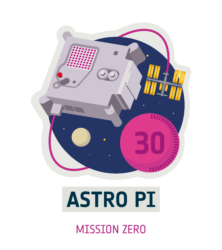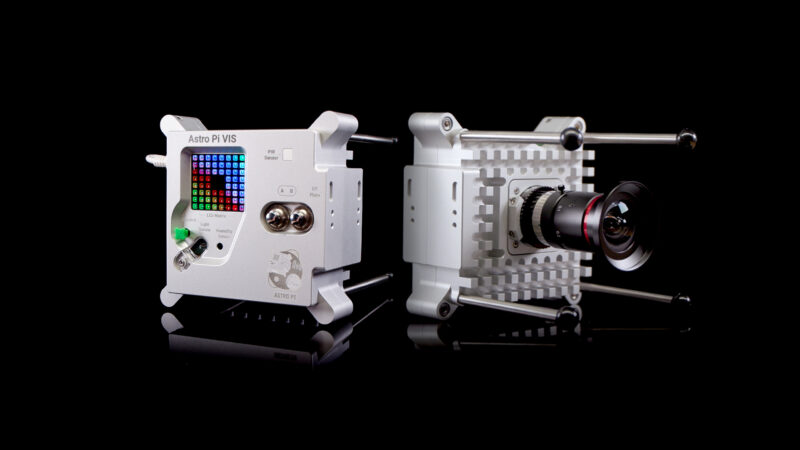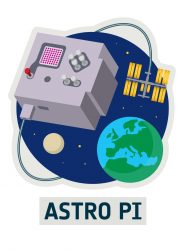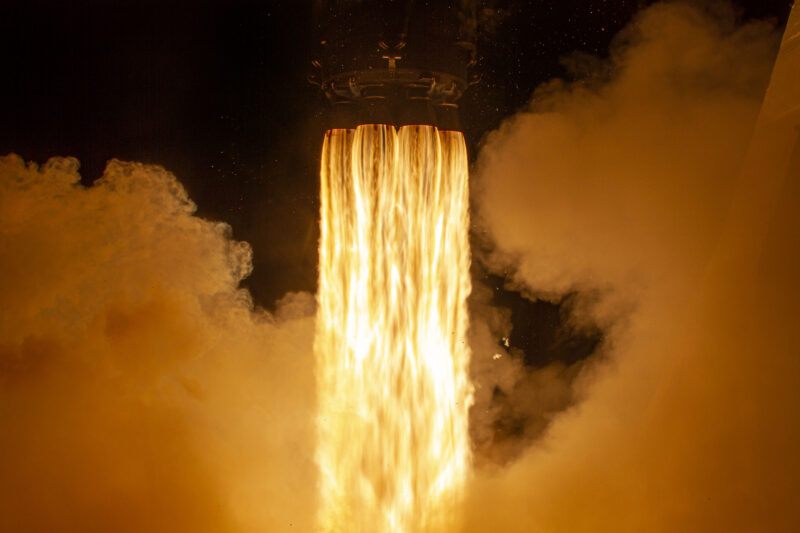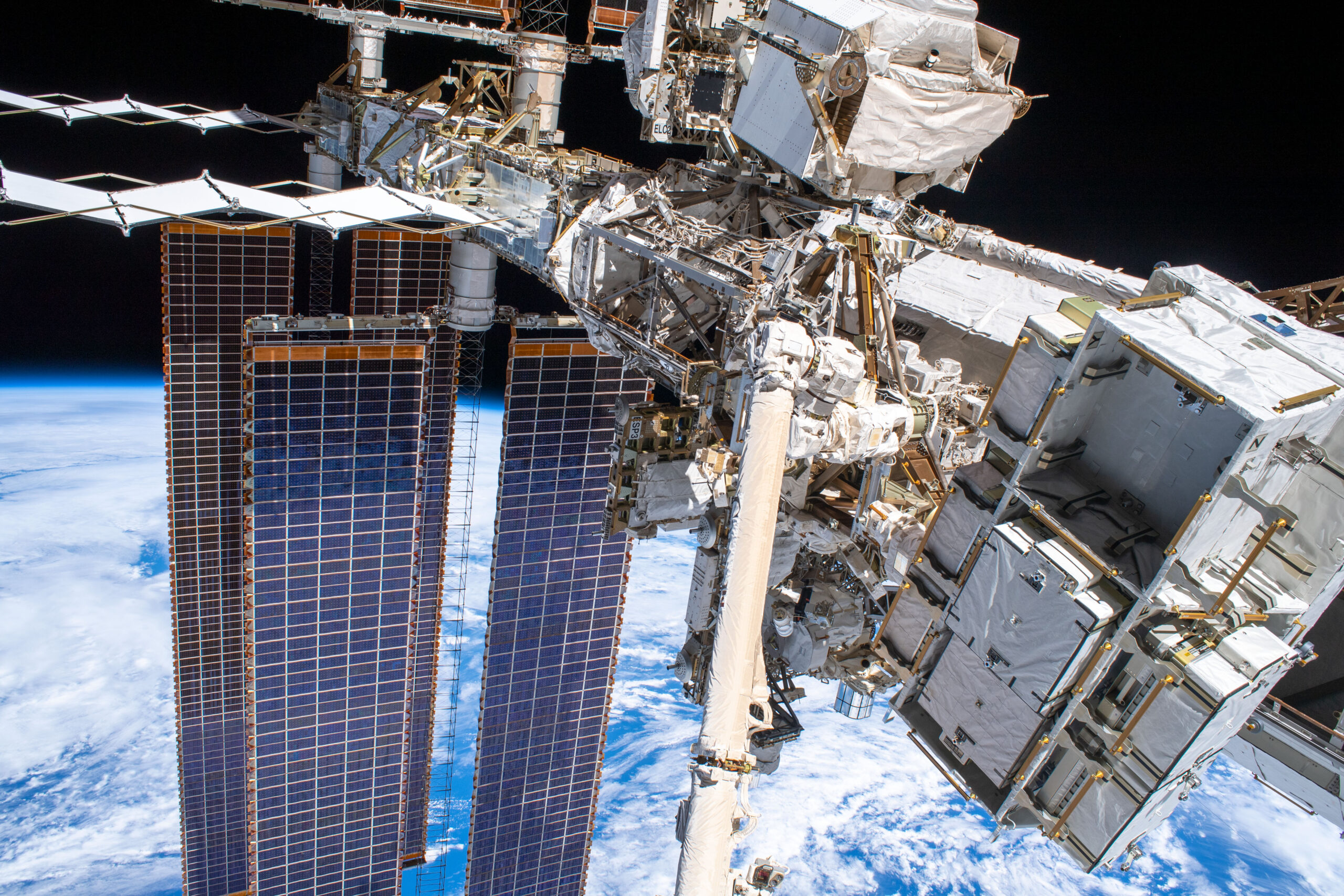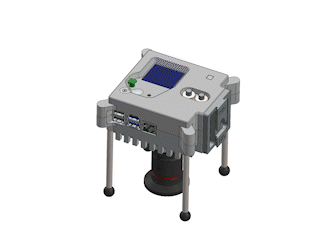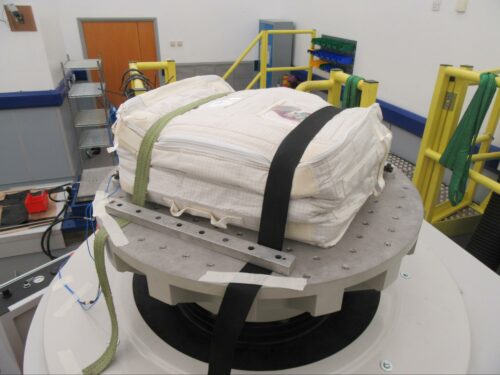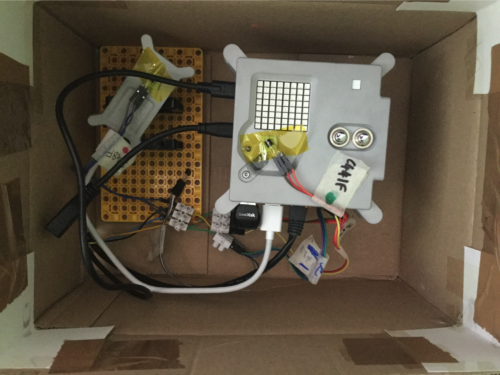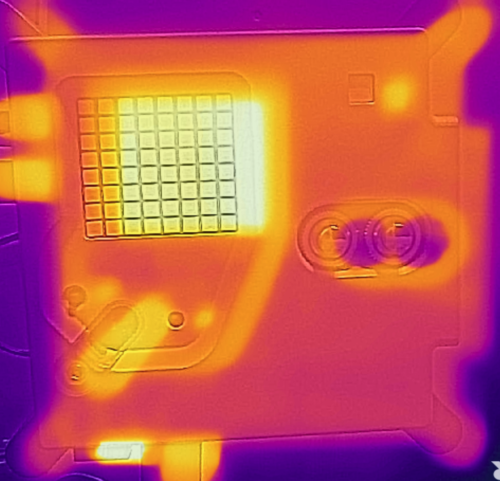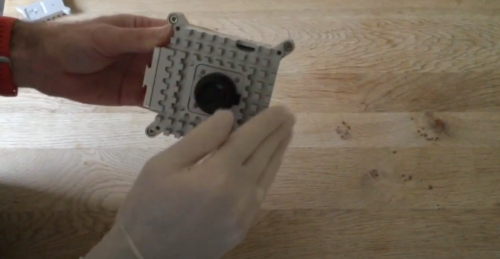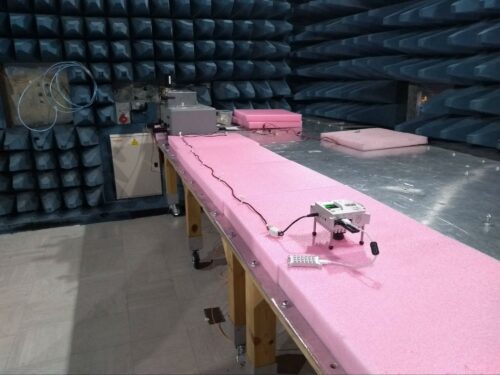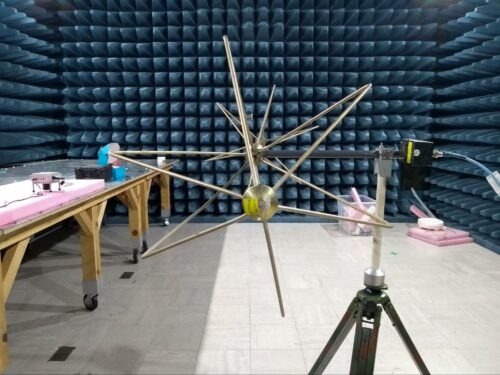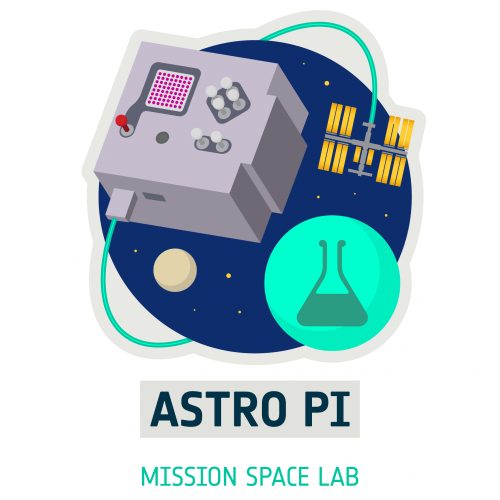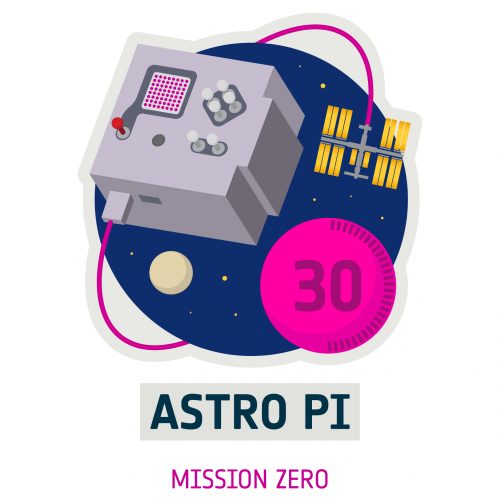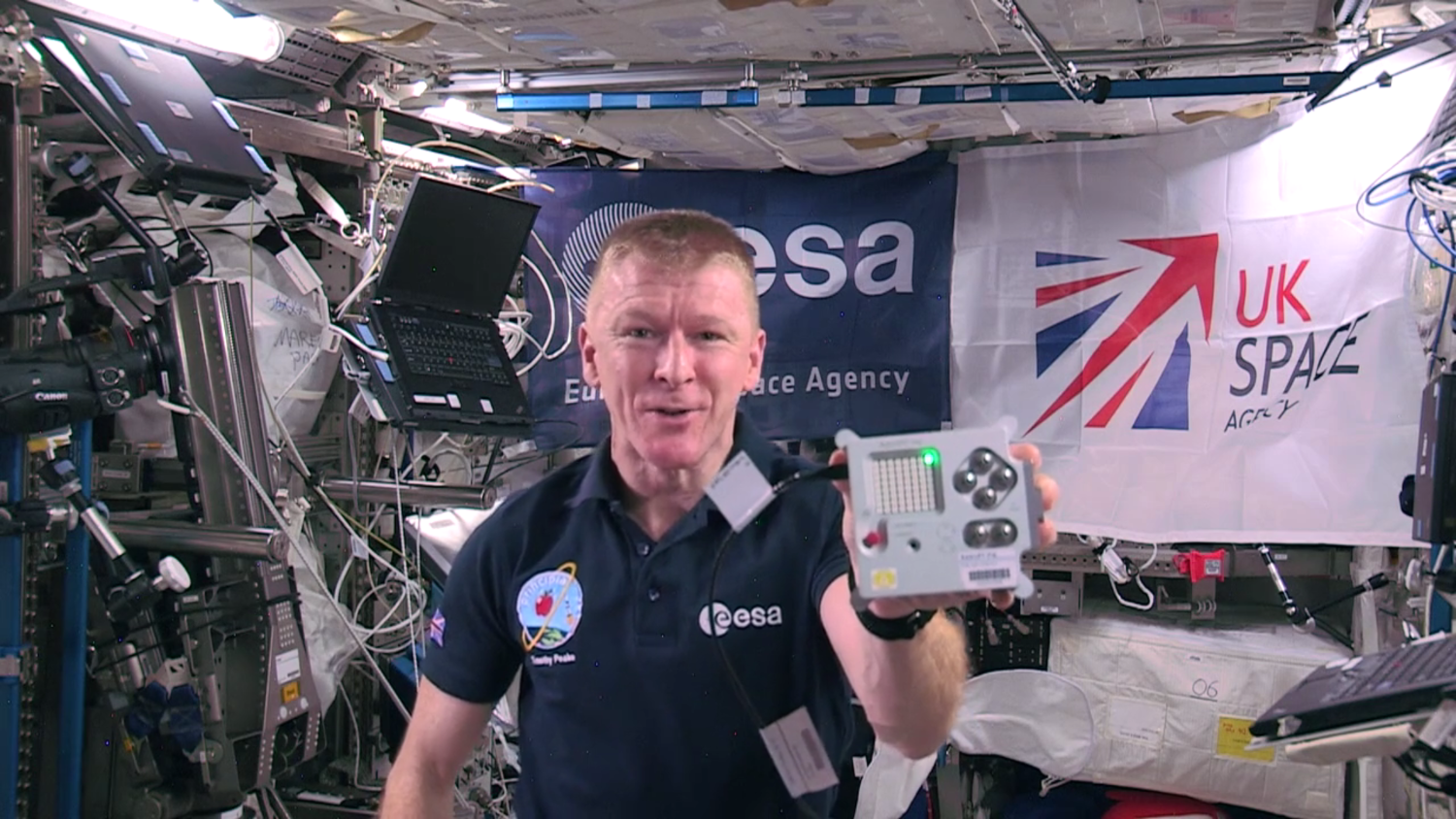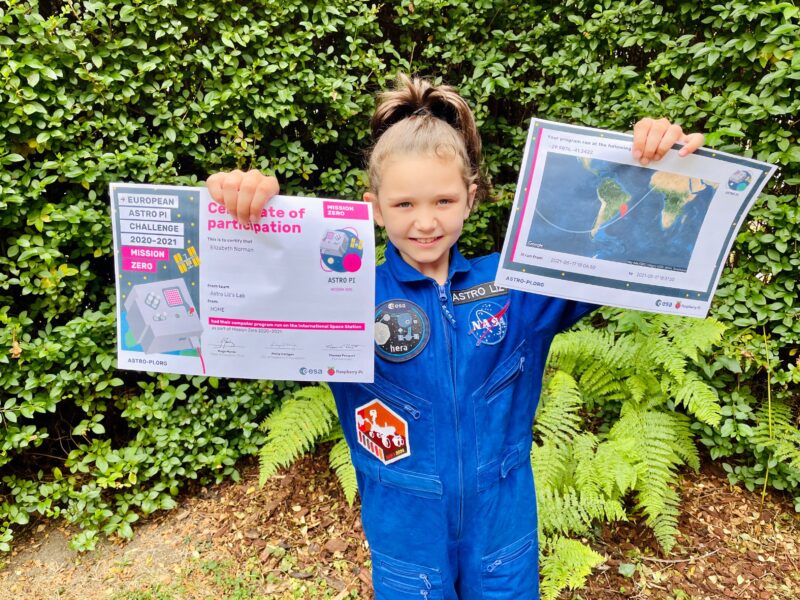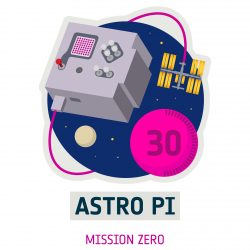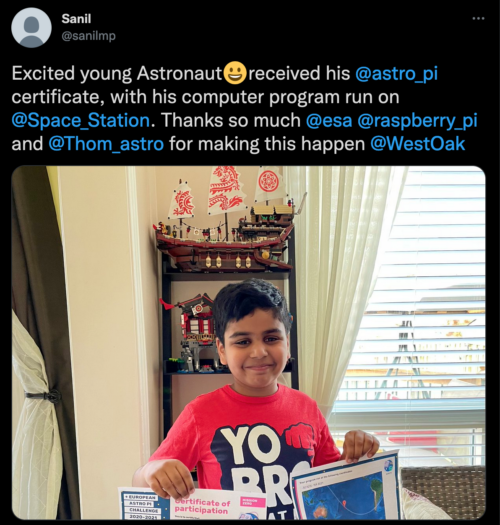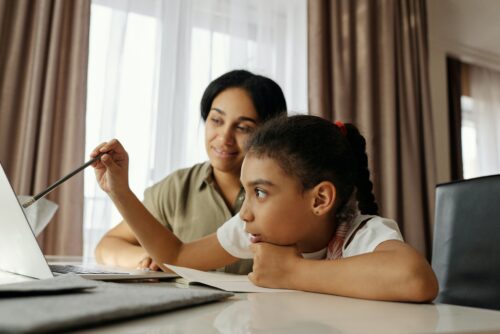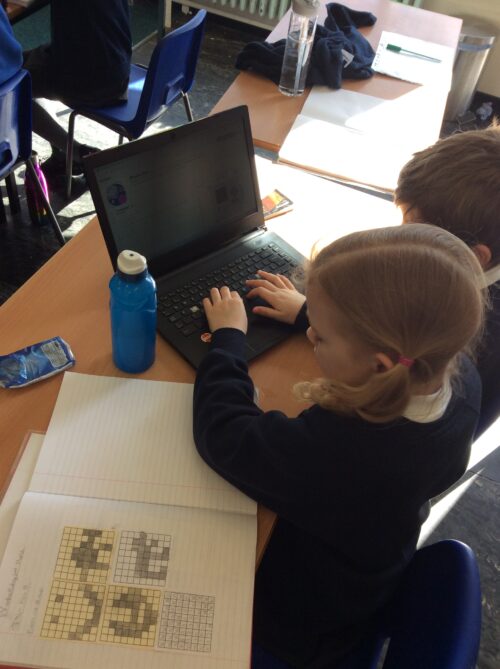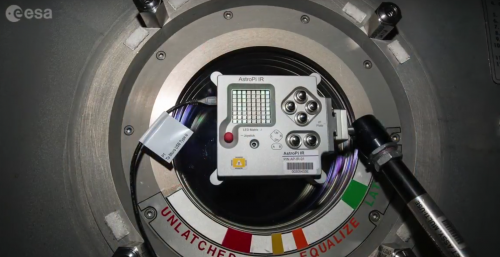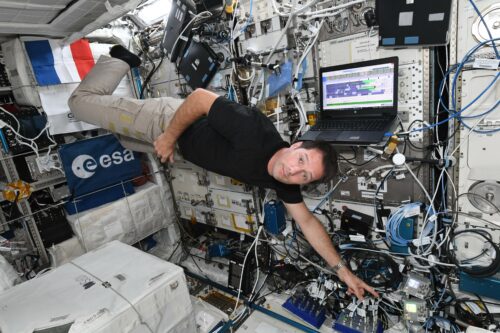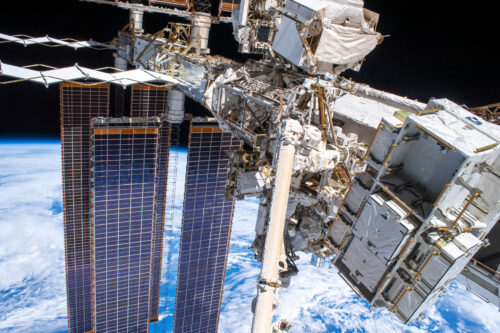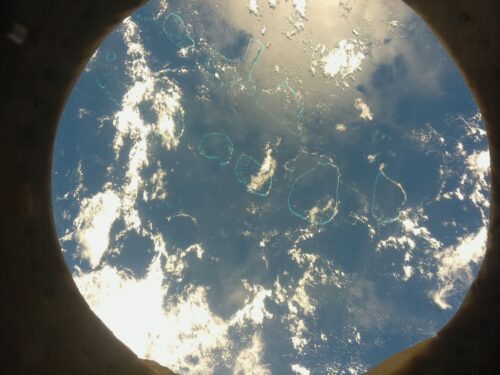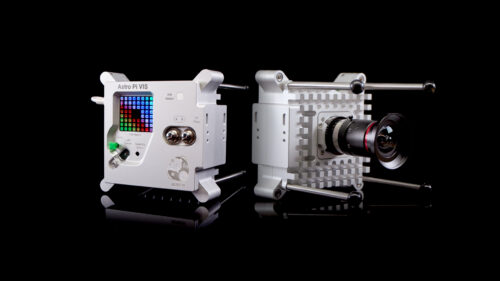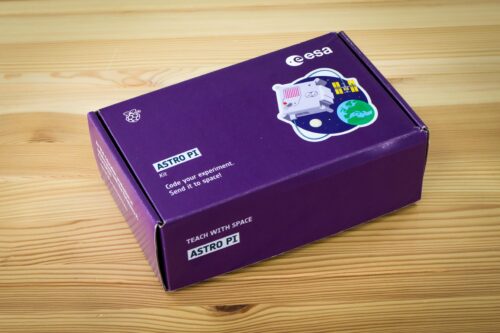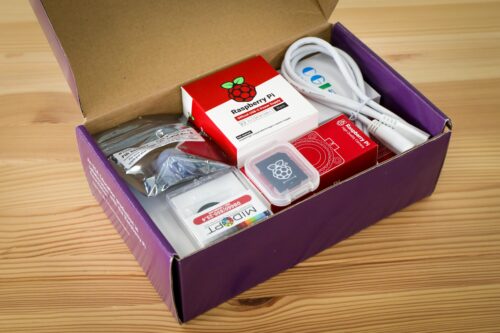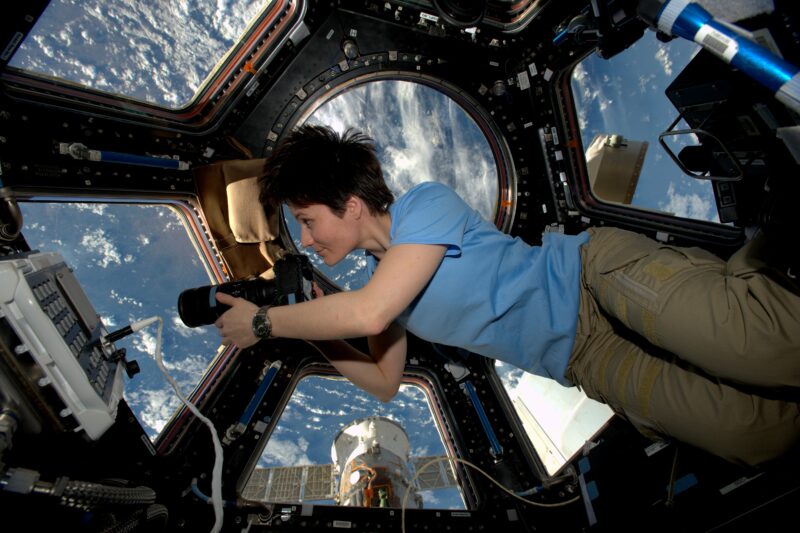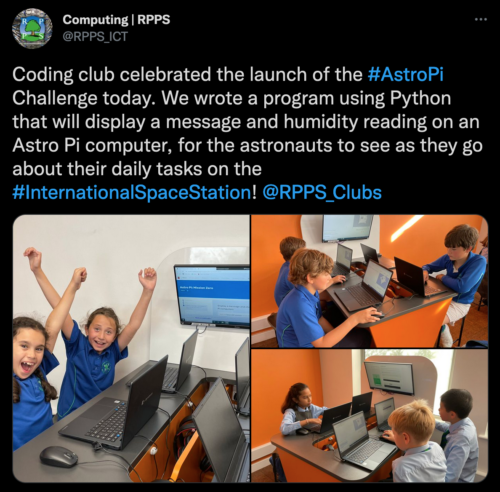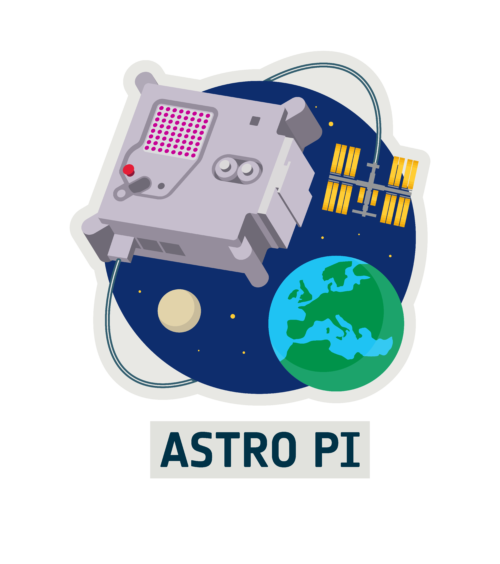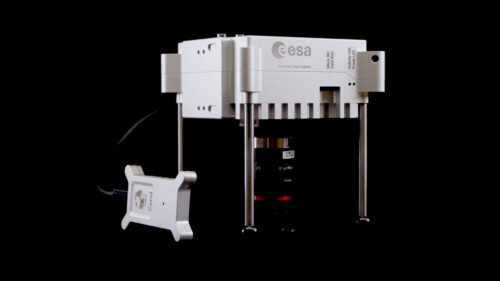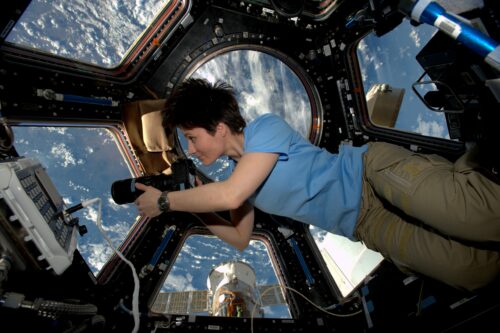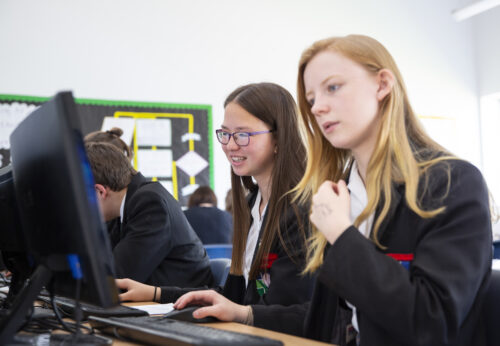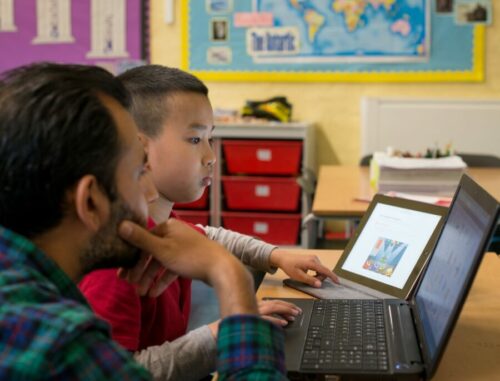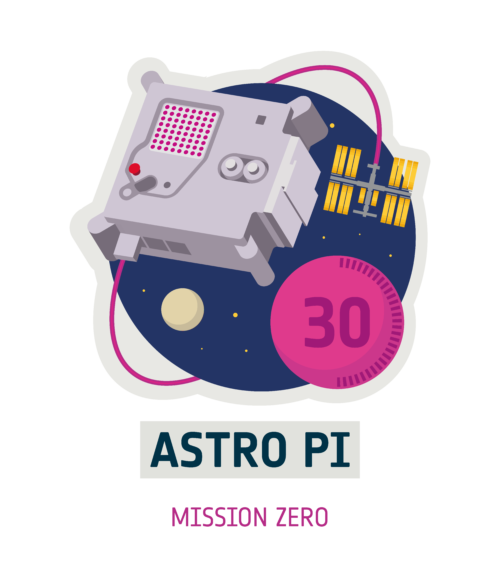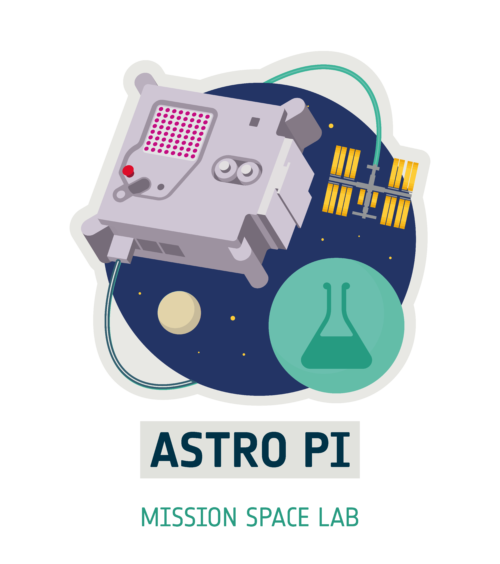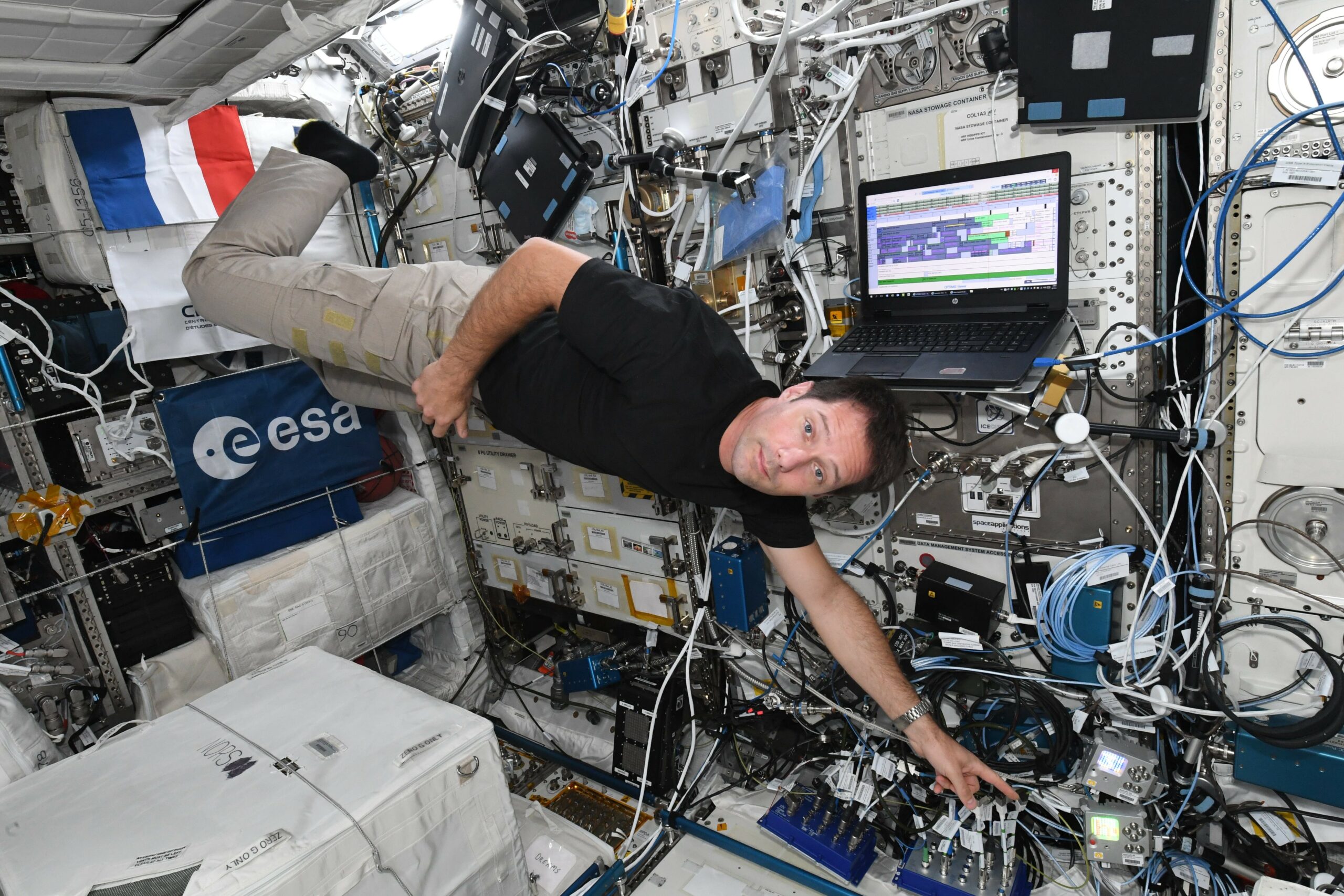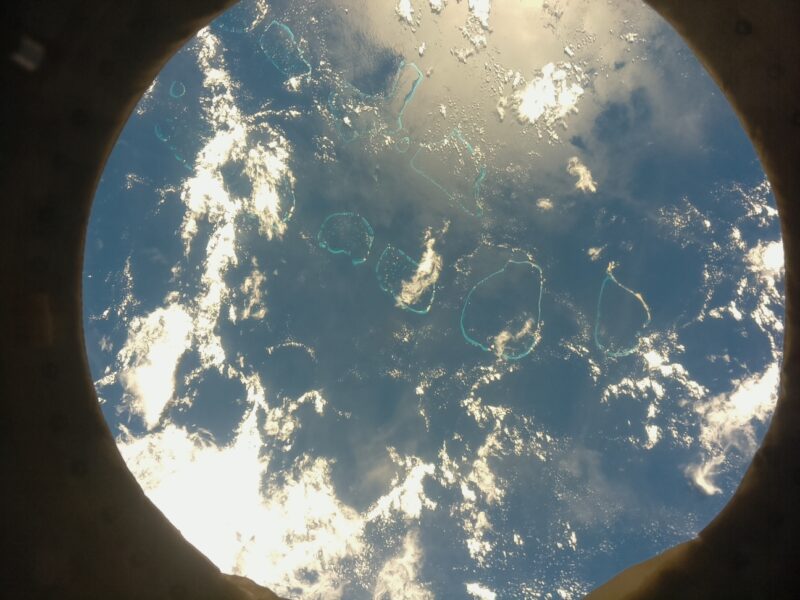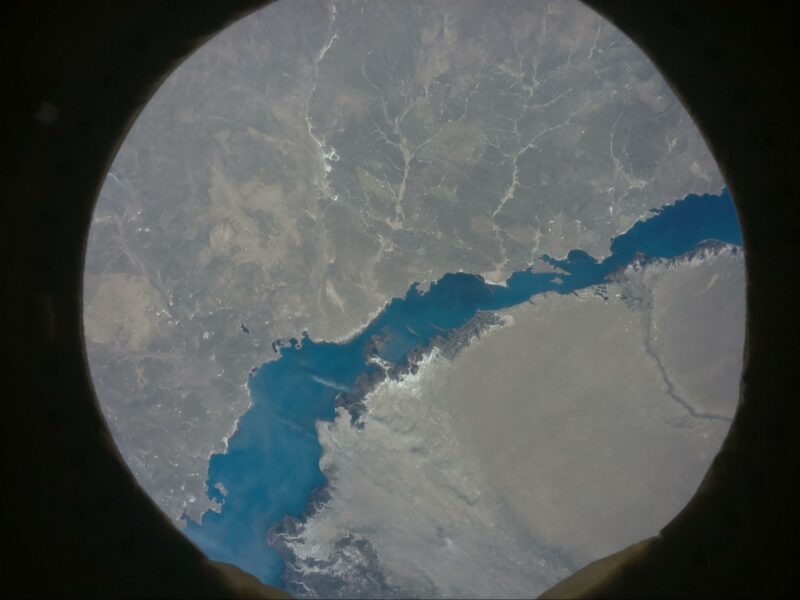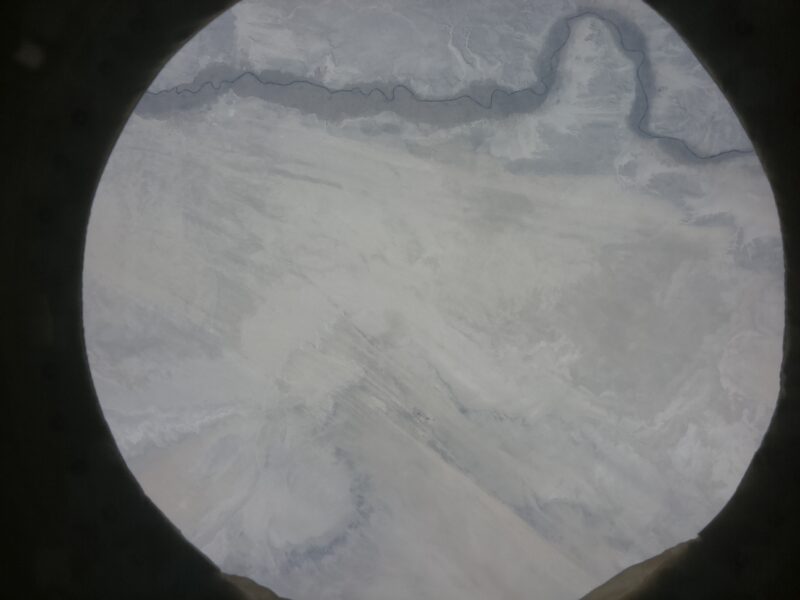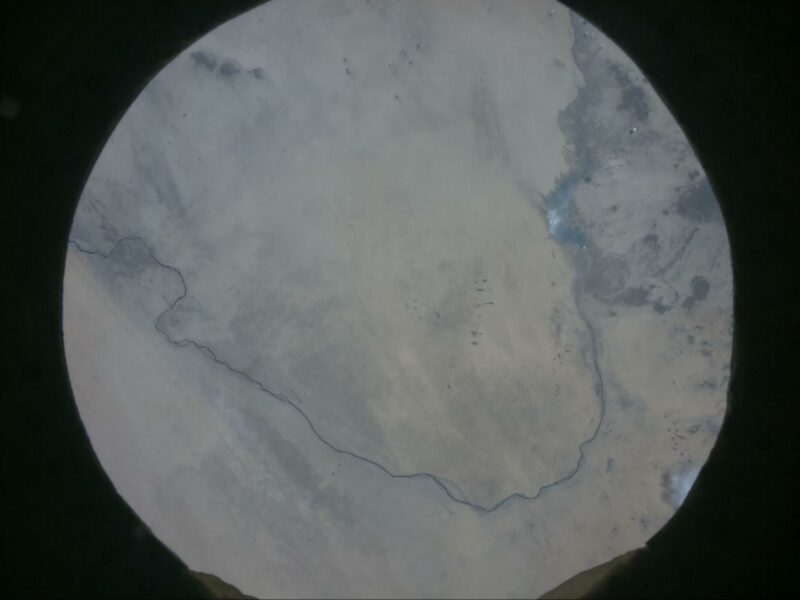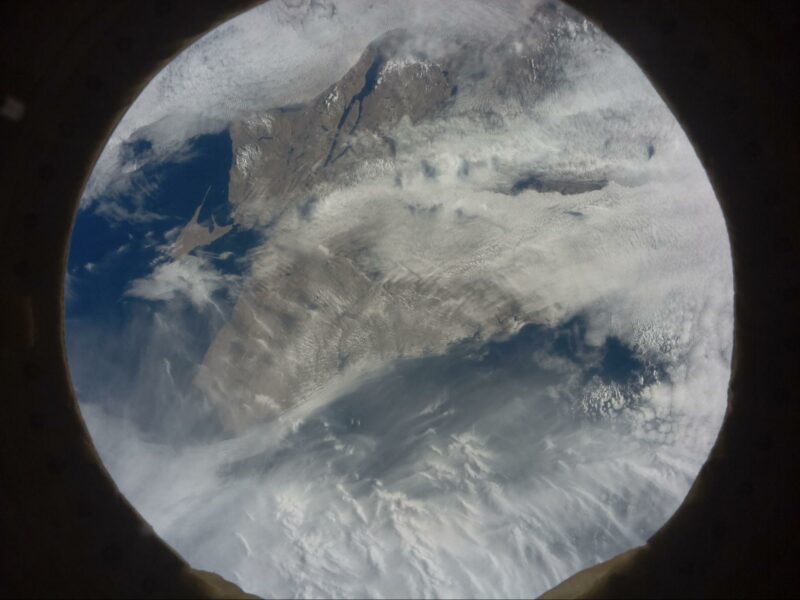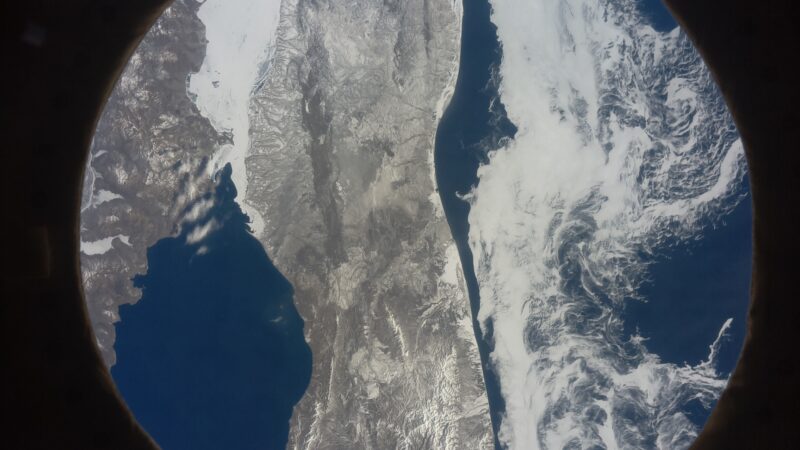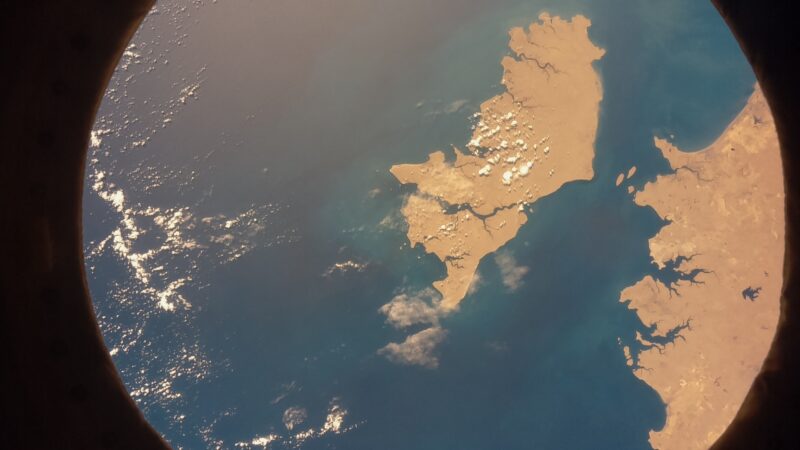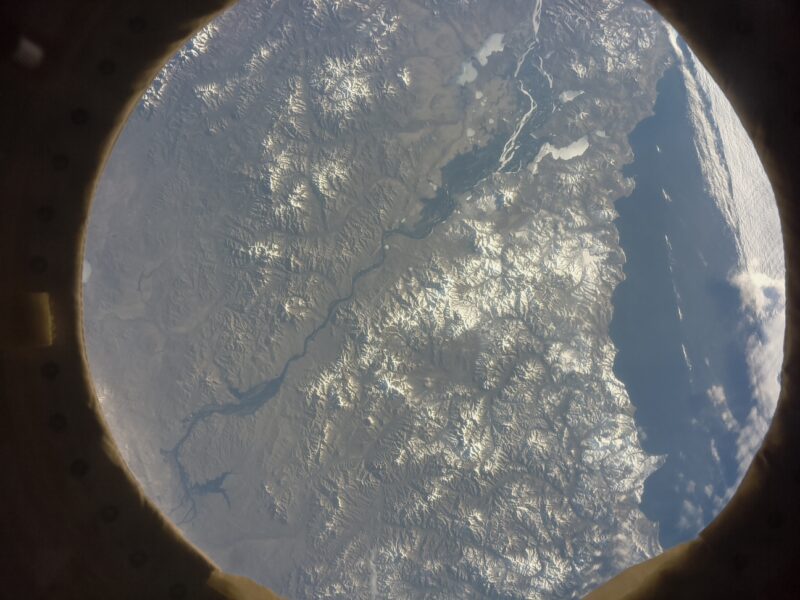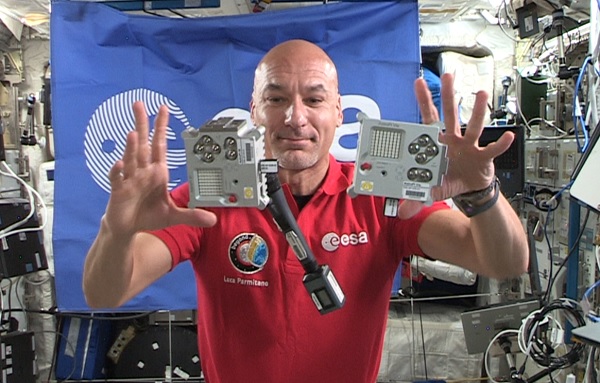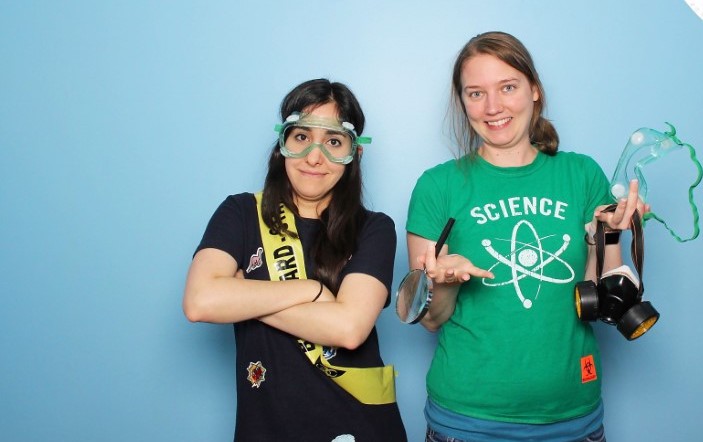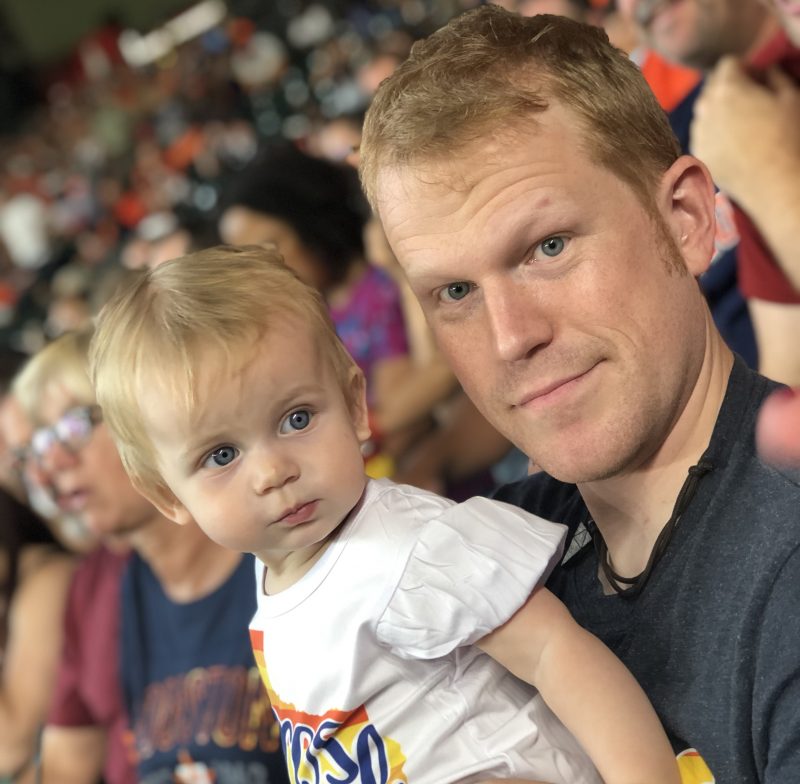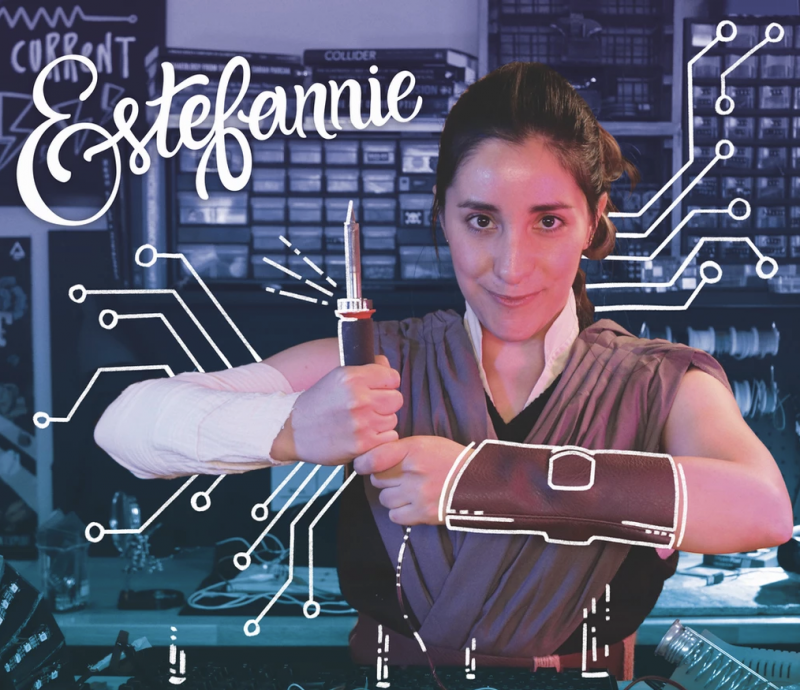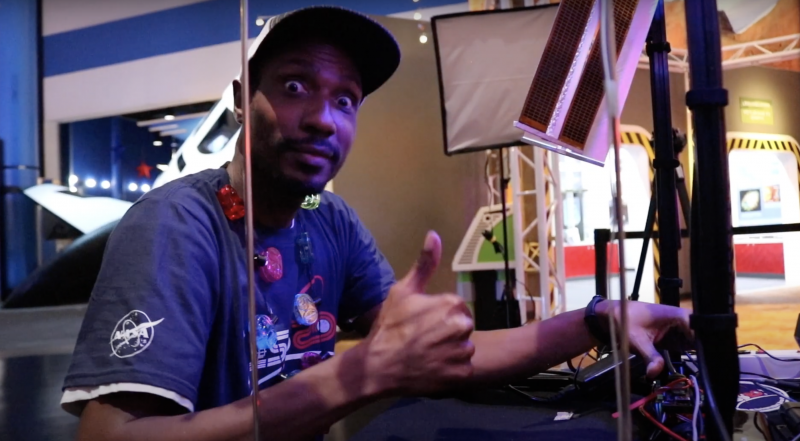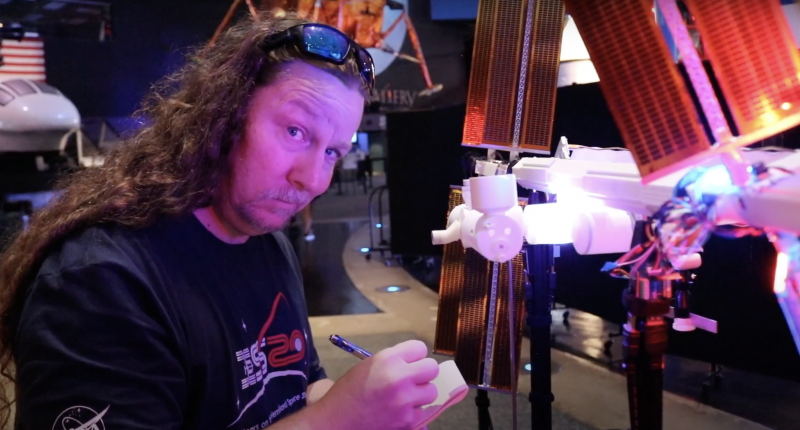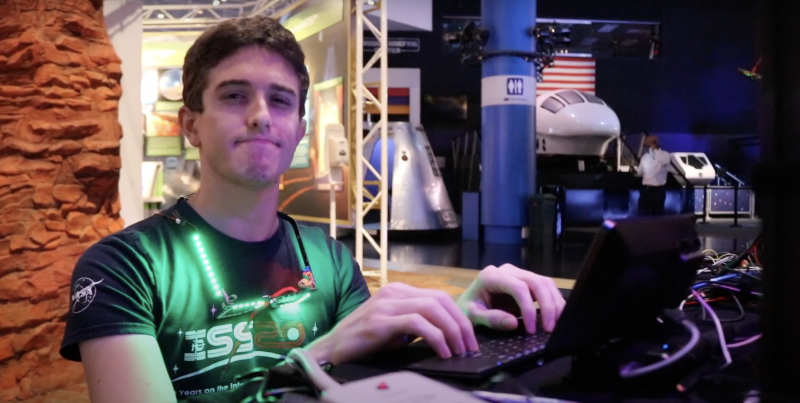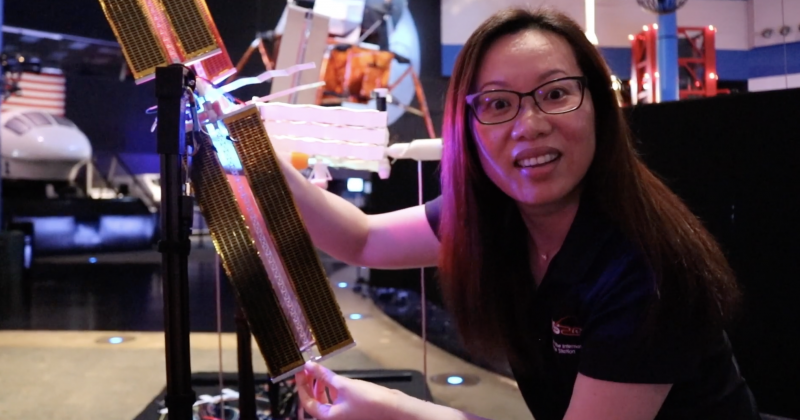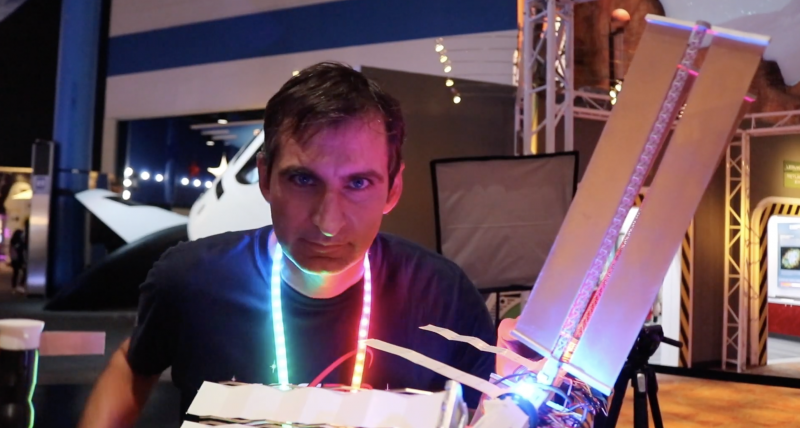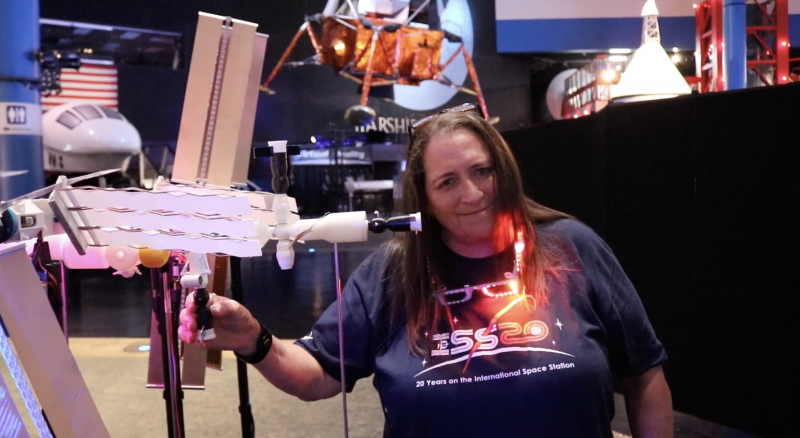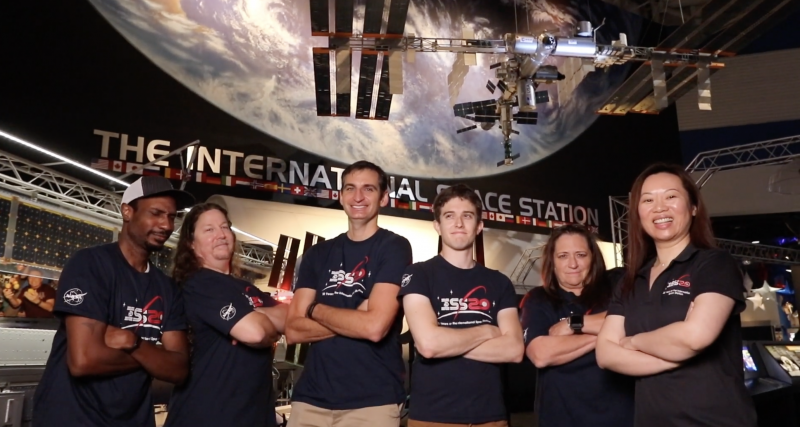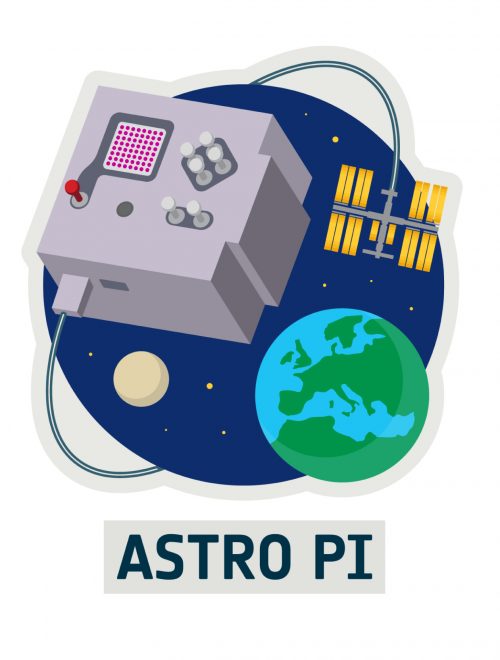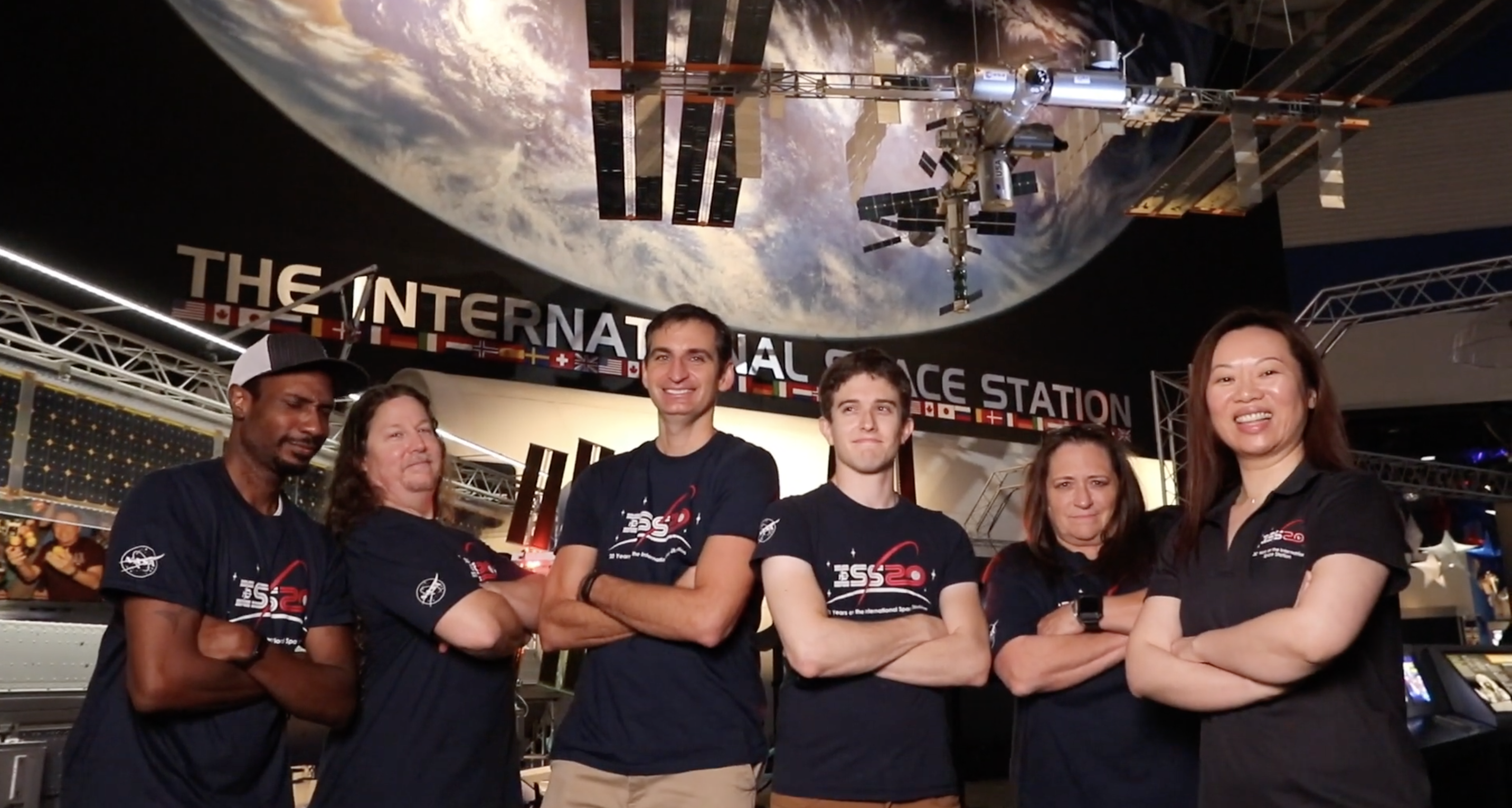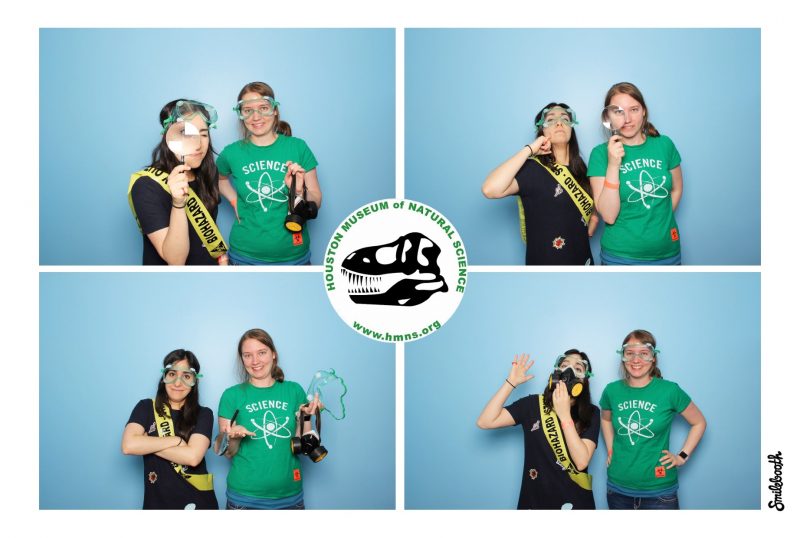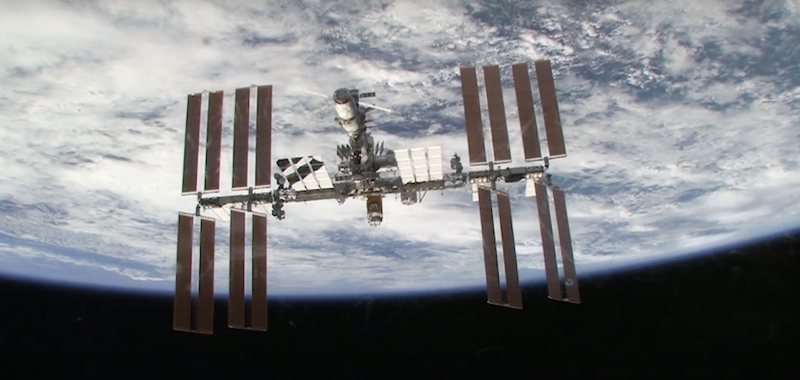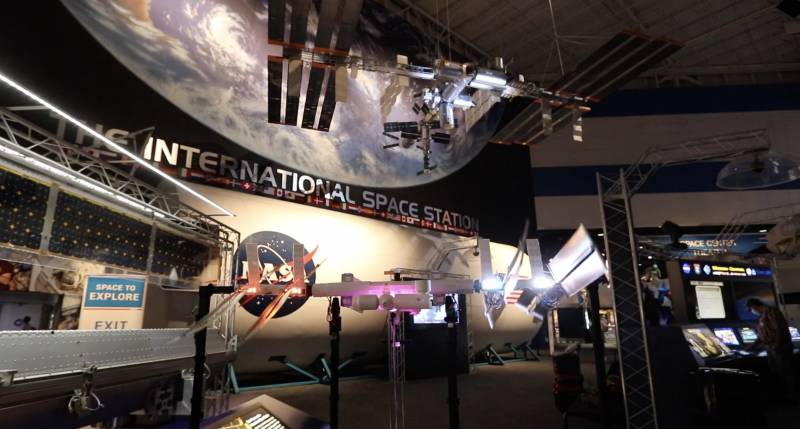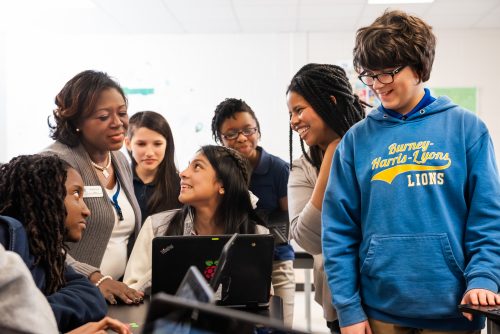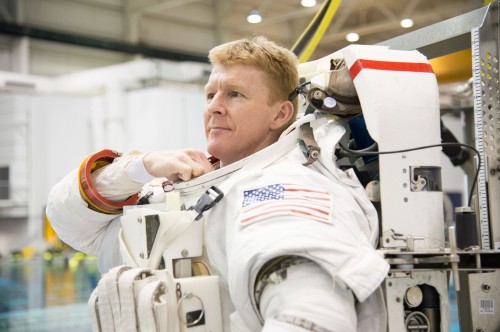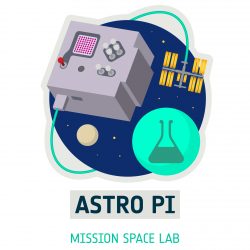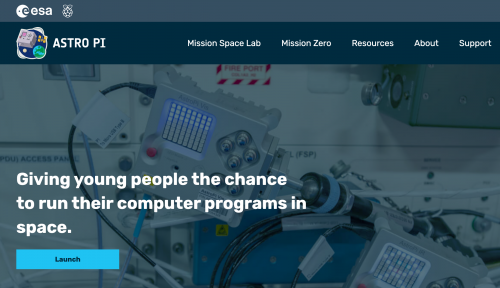Post Syndicated from Sam Duffy original https://www.raspberrypi.org/blog/building-new-astro-pi-units-international-space-station/
We are really excited that our two upgraded Astro Pi units have arrived on the International Space Station. Each unit contains the latest model of the Raspberry Pi computer, plus a Raspberry Pi High Quality Camera and a host of sensors on a custom Sense HAT, all housed inside a special flight case designed to keep everything cool and protected. Here is the story of how the Astro Pi units were built:
The upgraded Astro Pi units have been designed and built in collaboration with ESA Education, the European Space Agency’s education programme. The Astro Pis’ purpose is for young people to use them in the European Astro Pi Challenge. The film highlights the units’ exciting new features, such as a machine learning accelerator and new camera, which can capture high-quality images of Earth from space using both visible light and near-infrared light.
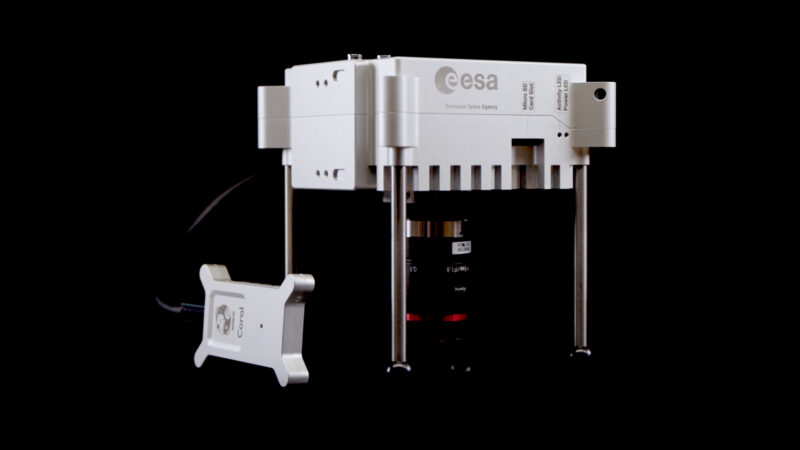
There’s an extended team behind the new hardware and software, not just us working at the Raspberry Pi Foundation and the European Space Agency.
“Thanks to our friends at ESA, and all the people who have shared their unique expertise and knowledge with us, […] we’ve managed to take two ordinary Raspberry Pi computers from the production line in Wales and see them end up on the International Space Station. It’s been a real privilege to get to work with such an amazing group of space professionals.”
– Richard Hayler, Senior Programme Manager and lead engineer of the Astro Pi units
The new Astro Pis are all ready to run young peoples’ computer programs as part of the European Astro Pi Challenge. The young people who successfully proposed experiments for the 2021/22 round of Astro Pi Mission Space Lab have just submitted their programs to us for testing. These programs will run the teams’ experiments on the new Astro Pis in May.
Your young people’s code in space
There is still time until 18 March to take part in the 2021/22 round of Astro Pi Mission Zero. Mission Zero is a beginners’ coding activity for all young people up to age 19 in ESA member and associate states. Mission Zero is free, can be completed online in an hour, and lets young people send their unique message to the astronauts on board the ISS.
To take part, participants follow our step-by-step guide to write a simple Python program. Their program will display their message to the astronautsvia the Astro Pi’s LED display (complete with ‘sunglasses’). Parents or educators support the participants by signing up for a mentor code to submit the young people’s programs.
All Mission Zero participants receive a certificate showing the exact time and location of the ISS when their program was run — their moment of space history to keep. And this year only, Mission Zero is extra special: participants can also help name the two new Astro Pi units!
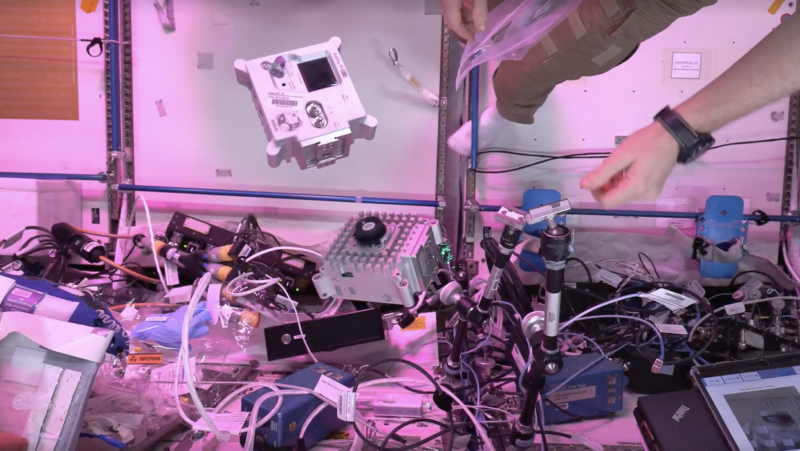
You can watch ESA astronaut Matthias Maurer unpack and assemble the Astro Pi units in microgravity on board the ISS. It’s so exciting to work with the European Space Agency in order to send young people’s code into space. We hope you and your young people will take part in this year’s Astro Pi Challenge.
PS If you want to build your own replica of the Astro Pi units, we’ve got a treat for you soon. Next week, we’ll share a step-by-step how-to guide, including 3D printing files.
The post How did we build the new Astro Pi computers for the International Space Station? appeared first on Raspberry Pi.
